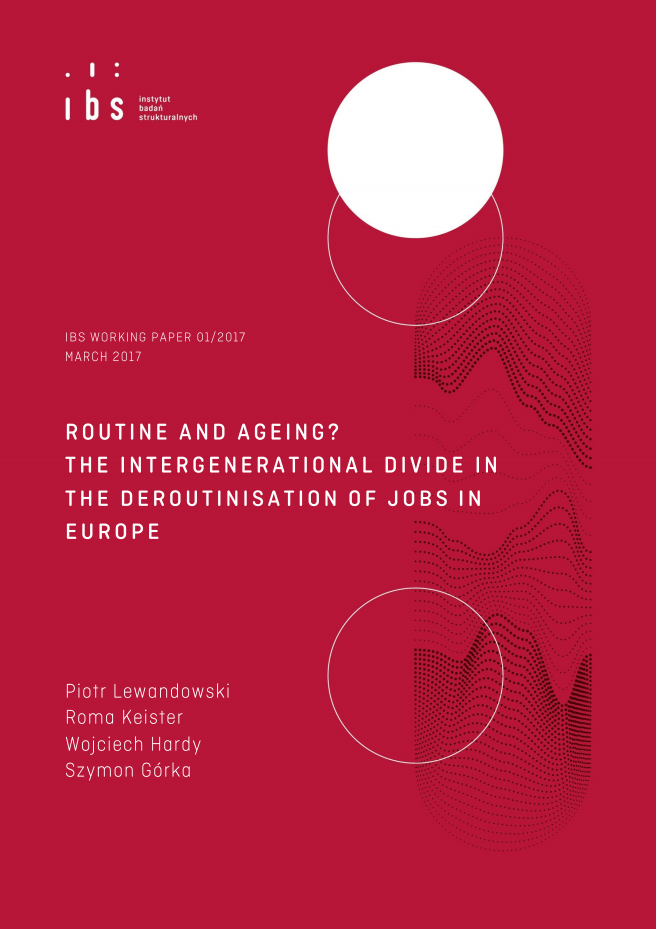This paper analyses the age dimension of changes in the task composition of jobs in 12 European countries between 1998 and 2015. We use the approach proposed by Autor et al. (2003) and Acemoglu & Autor (2011), and combine O*NET occupation content data with EU-LFS individual data to construct five task content measures: non-routine cognitive analytical, non-routine cognitive interpersonal, routine cognitive, routine manual, and non-routine manual physical. We find that the shift away from routine work and toward non-routine work occurred much faster among workers aged between 25 and 44 than among younger workers and older workers. We find that in the majority of countries, the ageing of the workforce occurred more quickly in occupations that were initially more routine-intensive, as the share of older workers in these occupations was rising. We estimate logit models that show that individuals in these occupations were increasingly likely to be unemployed, especially if they were between the ages of 15 and 34.

We thank the participants of the Jobs and Development Conference in Washington, D.C., and the 2016 NTA-11 conference in Saly for their insightful comments. This paper was financially supported by the Network for Jobs and Development under the auspices of the World Bank. This paper uses Eurostat data and Central Statistical Office of Poland data. Eurostat has no responsibility for the results and the conclusions, which are those of the authors. The usual disclaimers apply. All errors are ours. The first version of the paper was published in March 2017. The revised version was published in December 2017.
Institute for Structural Research (IBS), Faculty of Economic Sciences and Digital Economy Lab (DELab), University of Warsaw

